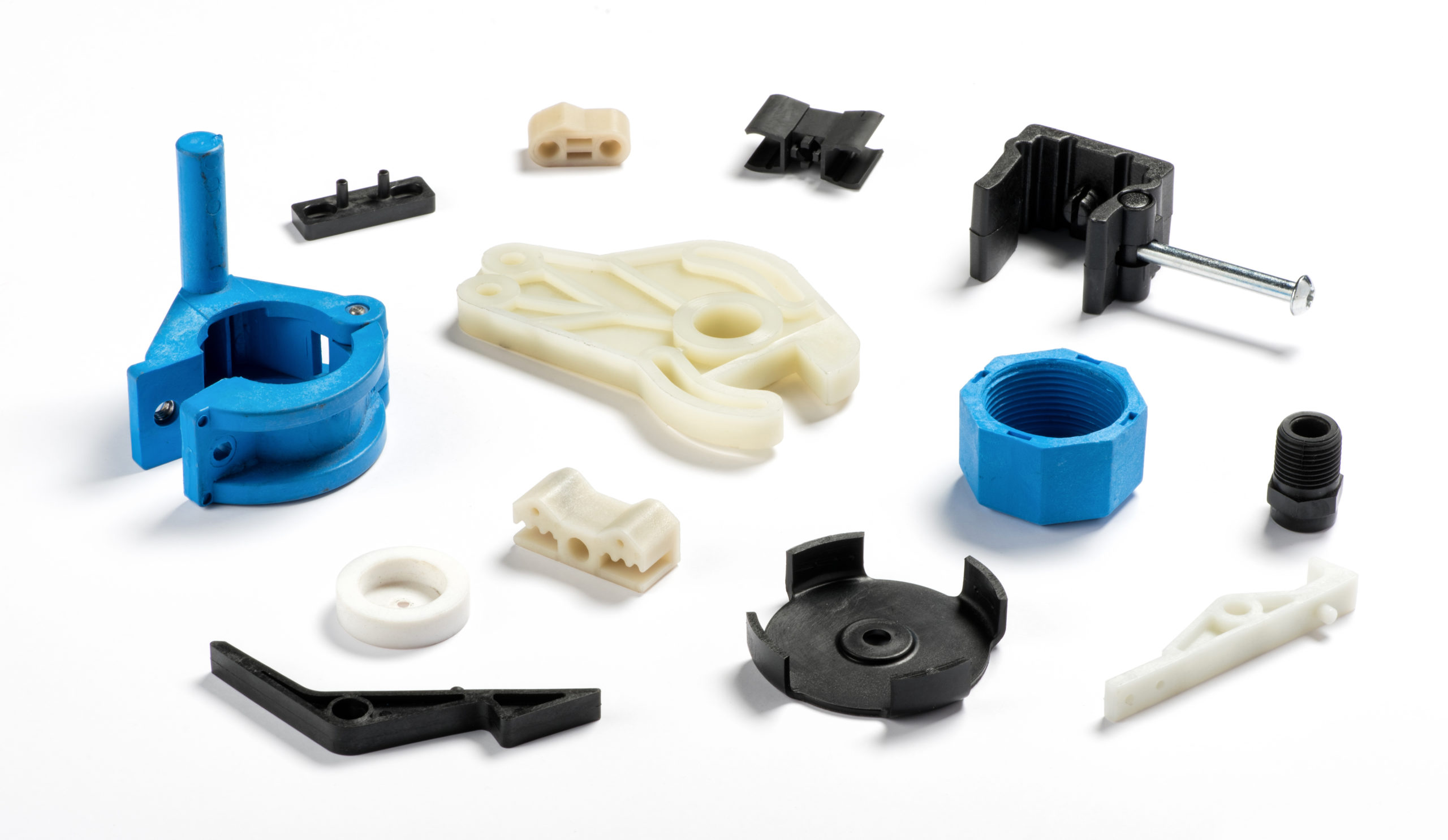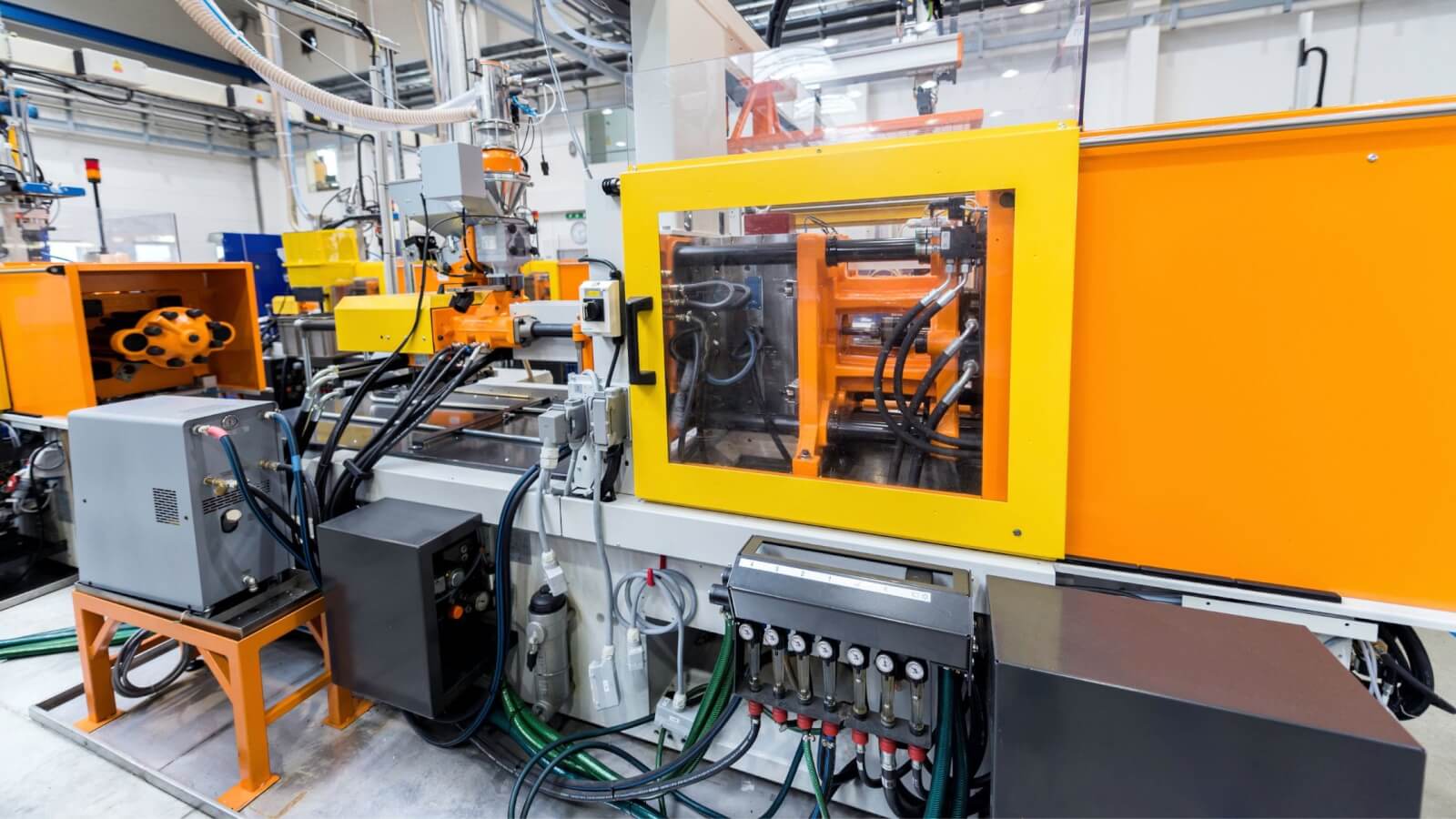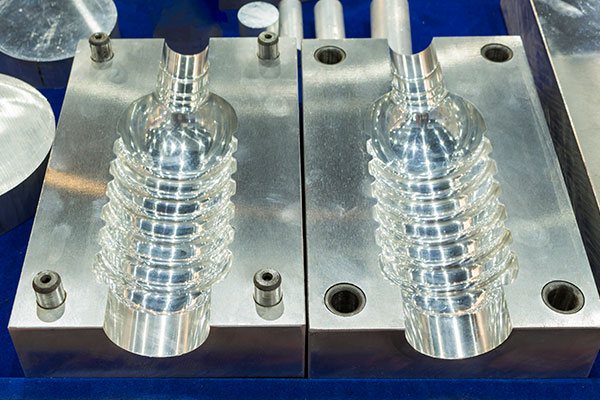Plastic Injection Molding: A Comprehensive Guide to Modern Manufacturing Techniques
Plastic Injection Molding: A Comprehensive Guide to Modern Manufacturing Techniques
Blog Article
Comprehending the Fundamentals of Plastic Injection Molding Procedures
Plastic shot molding works as a keystone of modern-day manufacturing, providing a methodical method to generating complicated elements with precision. This procedure not just includes the fundamental actions of melting and injecting materials into mold and mildews but additionally includes a nuanced understanding of numerous influencing aspects, such as temperature level and stress. As markets significantly require effectiveness and high quality, the intricacies of this methodology end up being more critical. Discovering these vital components can reveal exactly how even minor modifications can lead to considerable renovations in production end results, increasing concerns regarding the capacity for technology in this recognized procedure.
What Is Plastic Shot Molding?
Plastic shot molding is a widely used manufacturing process that transforms thermosetting and thermoplastic products into precise and complex forms. This method is favored for its capacity to create high quantities of identical get rid of remarkable precision, making it a crucial approach in various industries, consisting of auto, durable goods, and medical tools.
The process entails thawing the picked plastic product and infusing it right into a mold under high pressure. The mold and mildew, developed to the specs of the wanted component, allows the liquified plastic to materialize as it cools down and strengthens. When the material has hardened, the mold and mildew is opened, and the finished element is expelled.
Plastic shot molding supplies a number of advantages, consisting of decreased waste, uniformity in manufacturing, and the capability to incorporate complex styles that may be testing with various other producing approaches. Additionally, it sustains a wide variety of materials, each supplying special homes that can be tailored for certain applications. As markets remain to innovate, plastic shot molding remains at the leading edge, allowing the development of advanced items that fulfill advancing customer needs.
The Injection Molding Refine
The injection molding process is an innovative strategy that involves numerous crucial stages to create top quality plastic elements. At first, plastic pellets are fed right into a heated barrel where they are merged a viscous fluid. This molten plastic is then infused under high pressure into a precision-engineered mold, which forms the material right into the desired kind.
When the mold is filled, the plastic is permitted to strengthen and cool down, taking the shape of the mold tooth cavity. Air conditioning time is important, as it influences the cycle time and the final homes of the shaped component. After adequate cooling, the mold opens, and the ended up part is expelled using ejector pins.

Materials Made Use Of in Shot Molding
Numerous materials can be utilized in the injection molding procedure, each offering distinct properties that satisfy specific applications. One of the most commonly used products consist of thermoplastics, thermosetting plastics, and elastomers.

Thermosetting plastics, like epoxy and phenolic resins, undergo a chemical adjustment throughout the treating procedure, leading to a rigid, stringent structure. These products are optimal for applications needing high warm resistance and structural honesty, typically used in electrical insulators and auto parts.
Elastomers, consisting of silicone and rubber-based products, supply versatility and durability. Their unique residential or commercial properties make them ideal for applications that require elasticity, such as gaskets and seals.
In addition, specialty materials like bio-based plastics and composites are acquiring grip for their ecological benefits and enhanced efficiency characteristics, widening the scope of shot molding applications in numerous sectors. Recognizing the residential or commercial properties of these materials is crucial for selecting the proper type for particular projects.
Benefits of Shot Molding
Shot molding stands out as a highly reliable production procedure important source that provides many advantages for producing complicated get rid of accuracy. One of the most significant advantages is the capacity to develop intricate styles that would certainly be difficult or difficult to achieve with various other methods (Plastic Injection Molding). The process enables in-depth functions and limited resistances, ensuring top quality parts
Furthermore, shot molding is recognized for its quick production capabilities, making it an excellent choice Read Full Report for high-volume production. When the mold is created, components can be produced swiftly, minimizing preparations and raising general efficiency. This efficiency not just decreases production costs but also offers an affordable side in the market.
The flexibility of materials made use of in injection molding further enhances its appeal. A large range of thermoplastics and thermosetting polymers can be utilized, allowing manufacturers to select materials that finest meet their specific needs, consisting of heat, toughness, and adaptability resistance.
Additionally, the procedure minimizes waste, as excess material can frequently be reused and reused. This sustainability aspect contributes to a sites decreased environmental influence, making shot molding an accountable production option. Overall, the advantages of injection molding make it a favored technique for many markets.
Aspects Impacting Item Quality
While numerous elements can affect product high quality in shot molding, recognizing these aspects is critical for achieving optimum results. Secret aspects consist of product selection, processing specifications, and mold and mildew layout.
Product selection plays a vital role, as various polymers display one-of-a-kind homes that impact flowability, stamina, and thermal stability. Poor product choice can lead to issues such as warping or incomplete filling.
Handling parameters, consisting of temperature, cycle, and pressure time, should be meticulously regulated. Variations in these setups can result in inconsistencies partially measurements and surface finish. Excessively high temperatures may create deterioration of the polymer, while inadequate pressure can result in short shots.
Mold and mildew design is similarly crucial, as it figures out the circulation of the molten plastic and the cooling procedure. Improperly created mold and mildews may lead to irregular cooling prices, causing recurring anxieties and dimensional inaccuracies.

Final Thought
To conclude, plastic shot molding acts as an important production procedure that makes it possible for the reliable manufacturing of high-quality elements. Mastery of the shot molding process, consisting of the understanding of products and the impact of numerous variables on item quality, is necessary for accomplishing ideal outcomes. The benefits of this method, such as cost-effectiveness and design adaptability, further emphasize its value across several markets, strengthening its status as a favored selection for high-volume manufacturing.
Plastic injection molding serves as a keystone of modern manufacturing, offering a systematic technique to creating complex elements with accuracy.Plastic injection molding provides several benefits, including reduced waste, consistency in manufacturing, and the ability to integrate elaborate designs that might be challenging with various other producing techniques (Plastic Injection Molding). As industries proceed to innovate, plastic shot molding remains at the forefront, enabling the advancement of sophisticated products that satisfy advancing consumer demands
The injection molding procedure is an advanced strategy that entails numerous key phases to generate top notch plastic parts.In final thought, plastic injection molding offers as an important manufacturing procedure that makes it possible for the reliable manufacturing of top quality elements.
Report this page